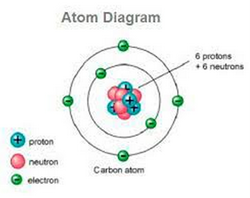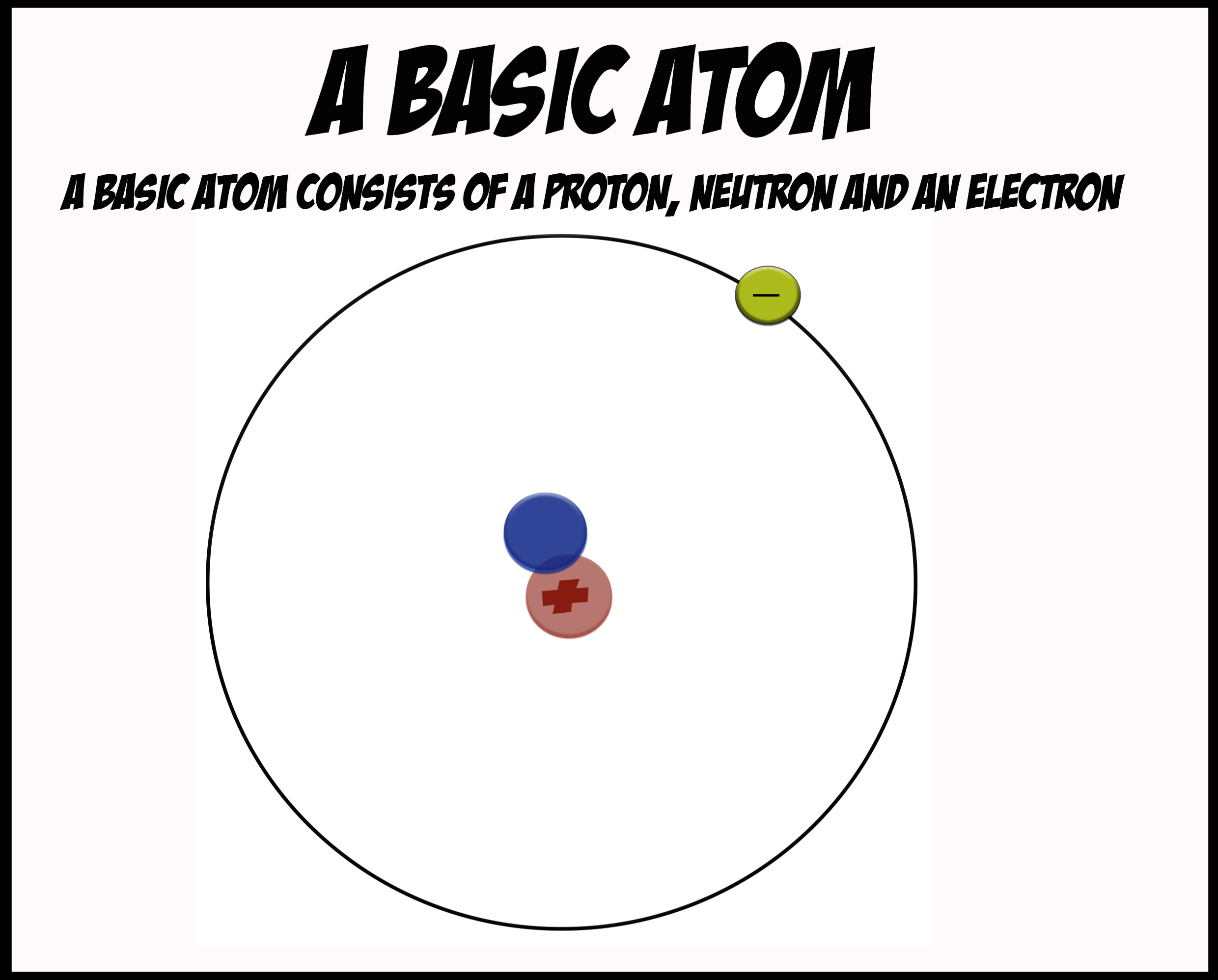

To achieve the required interference effects using a single emitter, the researchers not only had to set the spacing between the coupling points, but also establish the phase of the coupling at each point. They designed an artificial atom that couples to a 1D waveguide at multiple points separated by single-wavelength distances-realizing an extension of the giant-molecule concept in the form of a “giant atom”. Joshi and her colleagues have taken this idea and simplified it such that only one artificial atom is needed as an emitter. Interference effects alter the emission and absorption of each atom, thus causing the transmission through the waveguide to be suppressed or enhanced. Each atom is connected to a waveguide at a separate point. Some recently proposed and demonstrated schemes for chirality use a “giant molecule,” which is a pair of artificial atoms coupled together. Researchers have devised other strategies, but existing chiral interfaces for superconducting circuits tend to be bulky, complex, or limited in other ways. The problem, however, is that the coupling between artificial atoms and microwave waveguides does not offer the same polarization dependence as in the visible case. Like real atoms, these superconducting circuits have ground states and excited states, which can be set for a desired application. Because natural atoms are not very flexible microwave emitters, researchers typically use artificial atoms made from superconducting components arranged in a resonant-circuit format. However, this visible-light setup does not work for superconducting circuits and for the lower-frequency microwaves to which they couple. An atom or other emitter coupled to the waveguide can then be made to only emit and absorb light traveling in one direction. In that work, the light is confined to a planar waveguide that limits the polarization of the light to specific orientations. Previous work has demonstrated nonreciprocal devices that control the propagation of visible light using natural atoms and other single-photon emitters. But they would benefit from having nonreciprocal components that could help them to stay cool and route quantum information. Superconducting circuits are one of the most prominent platforms for quantum computing. This chiral design could be used in quantum networks to enable control over information flow between multiple artificial atoms coupled to a waveguide. Now Chaitali Joshi and her colleagues from the California Institute of Technology have constructed a simpler nonreciprocal device: an “artificial atom” made from a superconducting circuit, which can be coupled exclusively to either left- or right-moving signals in a microwave waveguide. Recently, nonreciprocal devices have been implemented in the superconducting electrical circuits used in quantum computing, but all have had drawbacks. Such nonreciprocal devices-ones defined by preferential direction or “chirality” in their emission or absorption-are valuable in many fields. For example, to create an isolator-a gadget that allows signals to pass in one direction but not in the other-reciprocity must be broken. This symmetry is a prevalent feature in all physical systems, but for certain applications it constitutes an obstacle. If a source emits a wave that scatters off an object and is then measured by a detector, the principle of reciprocity states that the measured signal will be unchanged if the source and detector switch places. The result is a chiral atom that either couples to forward-propagating modes (blue) or to backward-propagating modes (red), depending on the relative phase.

Time-modulated coupling imparts a phase ( 𝜑) at the left and right points, and the difference, or relative phase, tunes the interference between the two radiation pathways. adapted by APS/Carin Cain Figure 1: An emitter (top), which could be an atom or a superconducting circuit, couples to a 1D waveguide at two points separated by a quarter-wavelength distance. If a neutral atom has 10 protons, it must have 10 electrons. If a neutral atom has 2 protons, it must have 2 electrons. If a neutral atom has 1 proton, it must have 1 electron. In other words, a neutral atom must have exactly one electron for every proton. This means that the negative charge on an electron perfectly balances the positive charge on the proton.

Negative and positive charges of equal magnitude cancel each other out. \): Properties of Subatomic Particles Particle


 0 kommentar(er)
0 kommentar(er)
